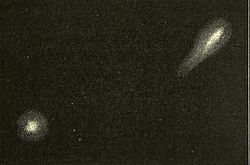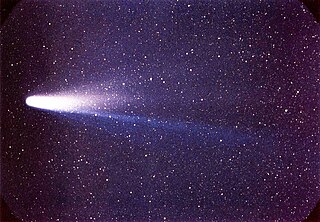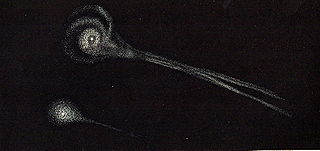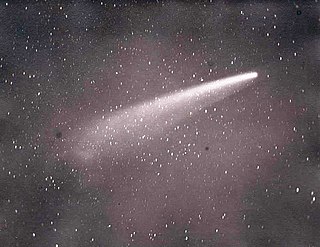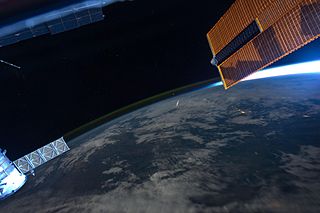| Discovery | |
|---|---|
| Discovered by | N. R. Pogson |
| Discovery date | 3 December 1872 |
| Alternative designations | "Pogson's Comet" |
| Orbital characteristics A | |
| Perihelion | 0.0637 AU [1] |
| Eccentricity | 1.0 |
| Inclination | 148.44° |
| Last perihelion | 16 December 1872 |
X/1872 X1, occasionally referred to as "Pogson's Comet", was a probable cometary astronomical object seen from Madras (now Chennai) on December 3 and 4, 1872, by astronomer N. R. Pogson.

A comet is an icy, small Solar System body that, when passing close to the Sun, warms and begins to release gases, a process called outgassing. This produces a visible atmosphere or coma, and sometimes also a tail. These phenomena are due to the effects of solar radiation and the solar wind acting upon the nucleus of the comet. Comet nuclei range from a few hundred metres to tens of kilometres across and are composed of loose collections of ice, dust, and small rocky particles. The coma may be up to 15 times the Earth's diameter, while the tail may stretch one astronomical unit. If sufficiently bright, a comet may be seen from the Earth without the aid of a telescope and may subtend an arc of 30° across the sky. Comets have been observed and recorded since ancient times by many cultures.

Chennai is the capital of the Indian state of Tamil Nadu. Located on the Coromandel Coast off the Bay of Bengal, it is the biggest cultural, economic and educational centre of south India. According to the 2011 Indian census, it is the sixth most populous city and fourth-most populous urban agglomeration in India. The city together with the adjoining regions constitute the Chennai Metropolitan Area, which is the 36th-largest urban area by population in the world. Chennai is among the most visited Indian cities by foreign tourists. It was ranked the 43rd most visited city in the world for the year 2015. The Quality of Living Survey rated Chennai as the safest city in India. Chennai attracts 45 percent of health tourists visiting India, and 30 to 40 percent of domestic health tourists. As such, it is termed "India's health capital". As a growing metropolitan city in a developing country, Chennai confronts substantial pollution and other logistical and socio-economic problems.
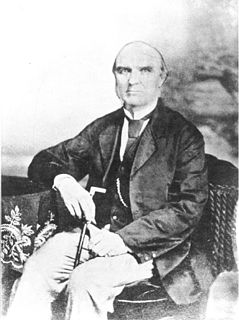
Norman Robert Pogson, CIE was an English astronomer who worked in India at the Madras observatory. He discovered several minor planets and made observations on comets. He introduced a mathematical scale of stellar magnitudes with the ratio of two successive magnitudes being the fifth root of one hundred (~2.512) and referred to as Pogson's ratio.
Contents
Pogson believed the object to be the lost Comet Biela, but subsequent orbital calculations have suggested that this was unlikely. [2] Neither Biela's Comet nor Pogson's object have been recovered since, and the episode remains one of the most puzzling in solar system astronomy.

Astronomy is a natural science that studies celestial objects and phenomena. It applies mathematics, physics, and chemistry in an effort to explain the origin of those objects and phenomena and their evolution. Objects of interest include planets, moons, stars, nebulae, galaxies, and comets; the phenomena also includes supernova explosions, gamma ray bursts, quasars, blazars, pulsars, and cosmic microwave background radiation. More generally, all phenomena that originate outside Earth's atmosphere are within the purview of astronomy. A related but distinct subject is physical cosmology, which is the study of the Universe as a whole.


